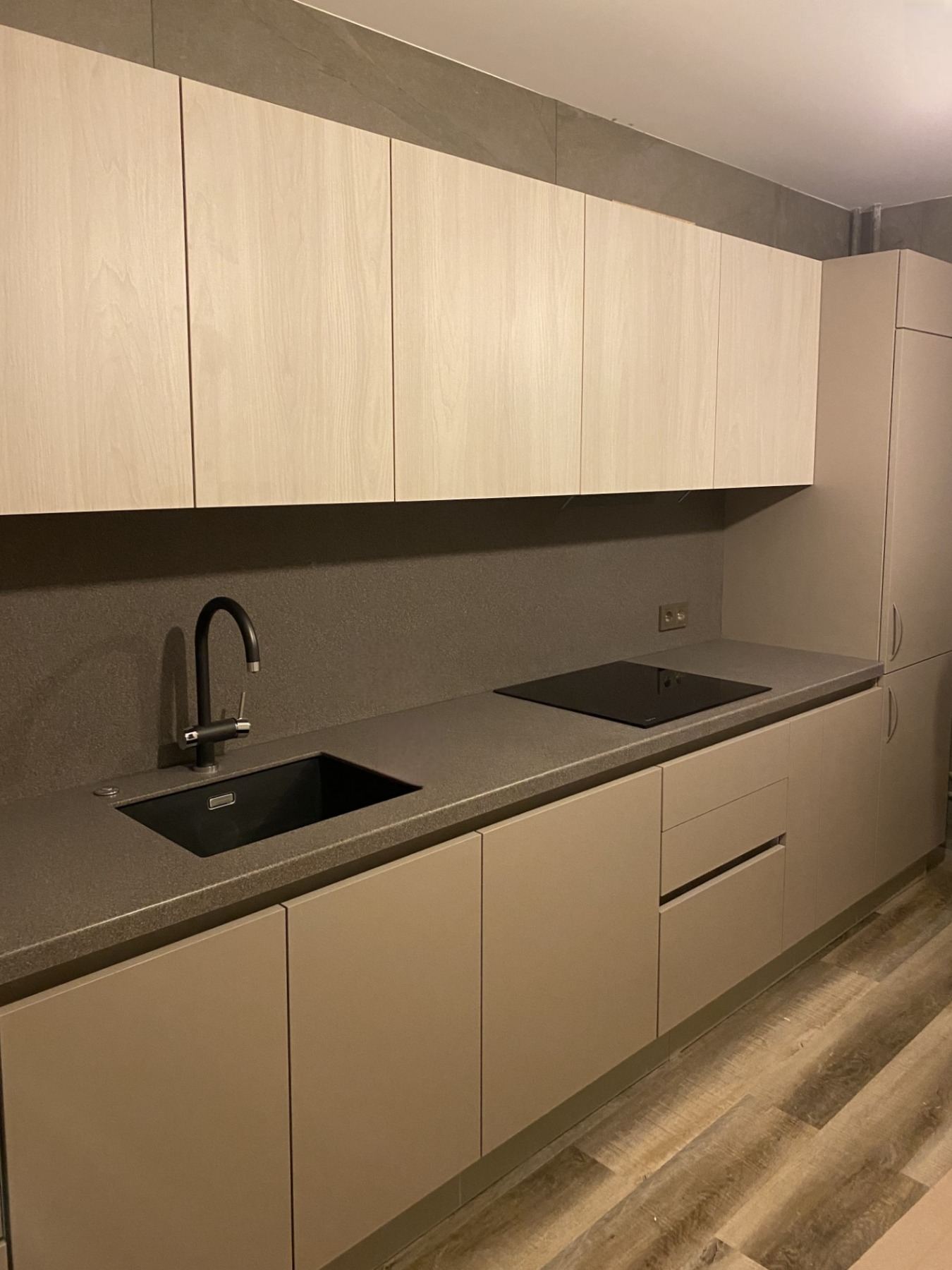
The Evolution of Culinary Spaces: Embracing Modernity
The landscape of culinary spaces has undergone a transformative journey. Gone are the days of stuffy, closed-off kitchens that stood isolated from the living quarters. Today's culinary spaces are not merely areas for food preparation; they represent a lifestyle, an aesthetic statement, and a hub for social interaction. Contemporary design philosophies emphasize open-plan layouts that facilitate a seamless flow between cooking, dining, and relaxation areas, thus nudging culinary spaces to the forefront of interior design innovation.
Functionality Meets Aesthetics: The New Culinary Space
As culinary spaces redefine themselves, the fusion of functionality and aesthetics becomes a paramount consideration. Modern culinary spaces are equipped with high-tech appliances and smart storage solutions that blend effortlessly into the design theme. The integration of elegant materials such as granite, marble, or sustainably sourced woods provides both durability and beauty, hereby marrying practicality with visual appeal. Lighting, too, plays a crucial role, with a mix of task lighting for practical purposes and ambient lighting to set the mood during intimate dinner parties or casual family meals.
Incorporating Sustainability and Well-being
The redefinition of culinary spaces also extends to sustainability and the overall well-being of the inhabitants. Eco-friendly materials and energy-efficient appliances are increasingly common, reflecting a global impetus towards environmental consciousness. The design of the modern culinary space also considers ergonomics – from the height of countertops to the ease of movement between work zones – ensuring that the experience of preparing meals is as comfortable and enjoyable as possible.
The Social Kitchen: Culinary Spaces as Gathering Points
Today's culinary spaces serve as the new social nucleus of the home, embodying the concept of the "social kitchen." Design elements such as kitchen islands or breakfast bars encourage interaction by allowing family members and guests to gather around and engage with the cooking experience. This trend points to a broader cultural shift where cooking is no longer a solitary task but a communal event that encourages conversation, collaboration, and connection.
Personalization and Expression
In this new era, personalization stands at the core of culinary space design. Homeowners are now expressing themselves through an eclectic mix of textures, colors, and design elements that transform the kitchen into a unique reflection of their personalities. Whether it's through bold backsplashes, unique kitchen gadgets, or curated displays of cookware and utensils, the modern culinary space is a canvas for personal expression and creativity.
Technology and the Future of Culinary Spaces
The advent of smart technology and the Internet of Things (IoT) is pushing the boundaries of what is possible in culinary spaces. With innovations such as voice-controlled appliances, precision cooking equipment, and refrigerators that can help manage grocery lists, the culinary spaces of tomorrow promise enhanced efficiency, personalization, and connectivity. As technology continues to advance, it is poised to redefine the culinary experience, making it more intuitive, interactive, and enjoyable.
Conclusion: A New Chapter for Culinary Spaces
Culinary spaces have certainly come a long way, evolving from functional, hidden rooms to centerpieces of the home that encapsulate a blend of design, technology, and social interaction. As this evolution continues, one thing remains clear: culinary spaces are no longer just about cooking; they have become a vital component of how we live, entertain, and express ourselves. This ongoing redefinition is what makes the future of culinary spaces an exciting frontier in the realm of home design.